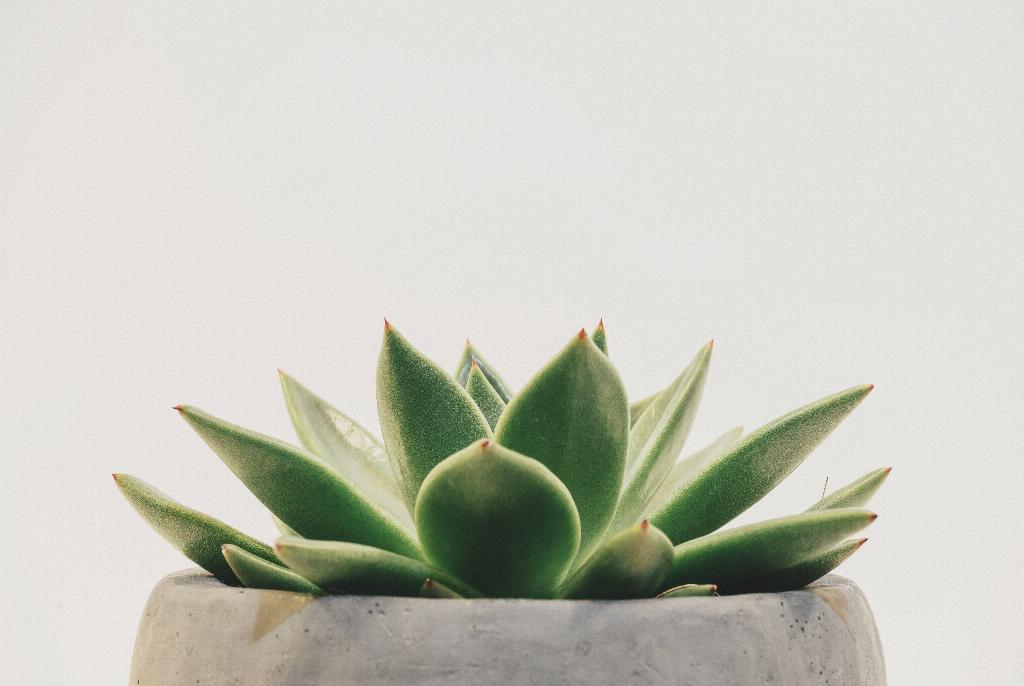When it comes to caring for succulents, one of the most crucial factors to consider is proper drainage. Succulents, with their origins in arid climates, have adapted to survive in conditions where water is scarce. This means that they have evolved to store water in their leaves, stems, or roots, making them prone to root rot if overwatered. To prevent this from happening, it is essential to plant succulents in pots with drainage holes.
The Importance of Quick Drying Roots
Succulents thrive in well-draining soil that allows their roots to dry out quickly after watering. Without adequate drainage, excess water can accumulate at the bottom of the pot, leading to waterlogged soil and suffocated roots. This stagnant water creates a breeding ground for fungi and bacteria that can damage the roots and eventually kill the plant. By providing a drainage hole in the pot, you allow excess water to escape, preventing these harmful consequences.
Preventing Root Rot in Succulents
One of the most common issues that succulent owners face is root rot. This condition occurs when the roots of the plant are constantly exposed to moisture, leading to decay and eventually the death of the plant. Succulents planted in pots without drainage holes are particularly susceptible to root rot, as there is no way for excess water to escape. To avoid this, always opt for pots with drainage holes to ensure that your succulents’ roots stay healthy and dry.
Avoiding Waterlogged Soil
Waterlogged soil is another consequence of planting succulents in pots without drainage holes. When water cannot drain properly, it pools at the bottom of the pot, saturating the soil and depriving the roots of oxygen. Succulents rely on oxygen in the soil to respire and absorb nutrients, so waterlogged soil can lead to suffocation and nutrient deficiency. By choosing pots with drainage holes, you can maintain a healthy balance of moisture in the soil and promote optimal growth for your succulents.
Potting Mix and Drainage Holes
It’s not just the presence of drainage holes that is important for succulents but also the type of potting mix used. Succulents require a well-draining mix that allows water to pass through easily and avoid waterlogging. When planting succulents in pots with drainage holes, make sure to use a specialized succulent or cacti mix that is designed to provide adequate drainage and aeration for the roots. This combination of proper potting mix and drainage holes creates the ideal growing environment for succulents.
Signs of OverwateringOne of the telltale signs of overwatering your succulents is yellowing or mushy leaves. When roots are constantly exposed to excess moisture due to lack of drainage, they become waterlogged and unable to function properly. This leads to symptoms such as leaf discoloration, wilting, and eventually rotting. By ensuring that your succulents have adequate drainage, you can prevent these issues and maintain the health and vitality of your plants.
Choosing the Right Pot for Succulents
When selecting pots for your succulents, always opt for ones with drainage holes to promote healthy root growth. While decorative pots without drainage may be appealing, they can pose a risk to the long-term health of your succulents. If you find a pot that you love but lacks drainage holes, consider using it as an outer container and placing a smaller pot with drainage inside to ensure proper water drainage. This way, you can enjoy both the aesthetic appeal of the pot and the practical benefits of drainage.
DIY Drainage Solutions
If you have a pot that you love but lacks drainage holes, you can easily create your own drainage solution. Simply drill a few small holes in the bottom of the pot using a drill with a masonry or ceramic bit. Be sure to wear safety goggles and gloves when drilling to protect yourself from any debris. By adding drainage holes to your favorite pots, you can customize your planters while still providing essential drainage for your succulents.
Ensuring Proper Watering Practices
In addition to having pots with drainage holes, it is essential to practice proper watering techniques to keep your succulents healthy. Water your succulents thoroughly but infrequently, allowing the soil to dry out between waterings. Check the soil moisture by sticking your finger into the soil up to an inch deep – if it feels dry, it’s time to water. By following a consistent watering schedule and ensuring proper drainage, you can create an optimal environment for your succulents to thrive.
Conclusion
In conclusion, succulents absolutely need pots with drainage holes to thrive. Proper drainage is essential for preventing root rot, waterlogged soil, and other issues that can arise from excess moisture. By choosing pots with drainage holes, using the right potting mix, and practicing proper watering techniques, you can create a healthy and vibrant environment for your succulents to flourish. Remember, a little attention to detail when it comes to drainage can make a world of difference in the long-term health of your succulents.

